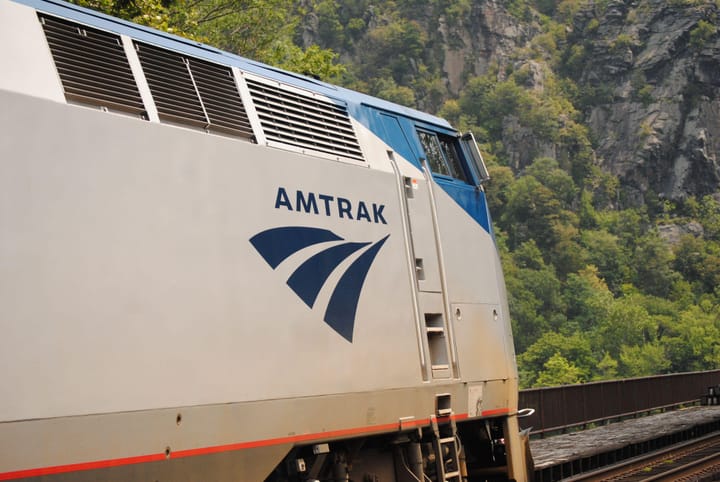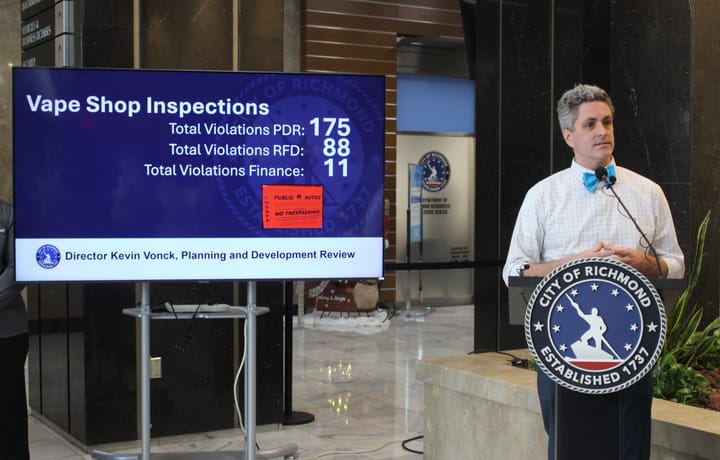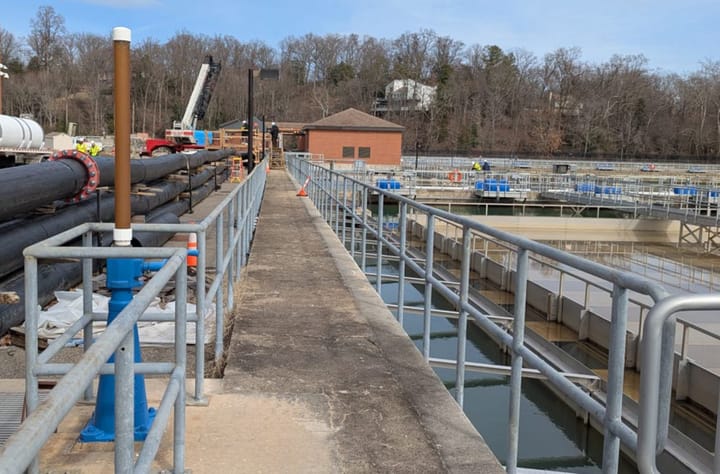Urban Hope offers a unique affordable housing model in Richmond's East End
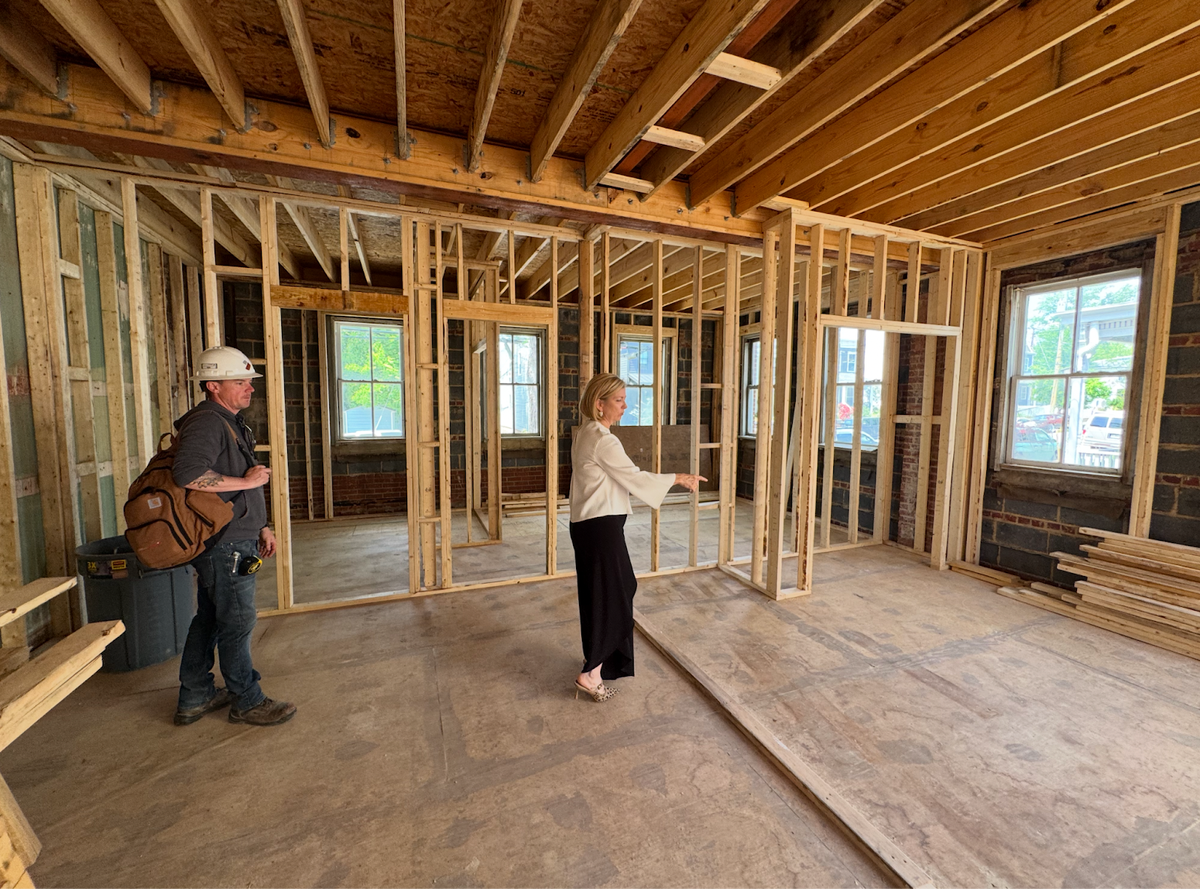
In Richmond’s East End, where gentrification is steadily reshaping the skyline and housing prices inch higher each year, Urban Hope is working quietly and intentionally to ensure residents aren’t left behind.
Founded 25 years ago by a group of local Black pastors and other faith leaders in Church Hill, Urban Hope arose in response to the rapid rise of gentrification.
“They were really interested in creating a pathway to homeownership for the folks who lived here, because it was a predominantly Black neighborhood,” Executive Director Sarah Hale said. “And they could tell that the way the neighborhood was developing was not going to include the folks who had been living here for decades.”
That mission remains central today. The organization currently owns and manages 41 rental units in the East End — all deeply affordable and income-based.
“We primarily serve very low- and extremely low-income families and individuals — that’s the HUD category that we try to be in,” Hale said.
All Urban Hope housing is offered through a rent-to-income model, where families pay no more than 30% of their income. Unlike traditional landlords, Urban Hope tailors leases to individual family situations.
“A lot of our residents are folks who are doing everything they can — working, parenting — they just need a break, or someone to meet them where they are,” Hale said.
Many of Urban Hope’s tenants come from transitional situations; many are single mothers, working families and those facing life transitions.
“It’s not always just about money,” she said. “Sometimes it’s about needing a new start.”
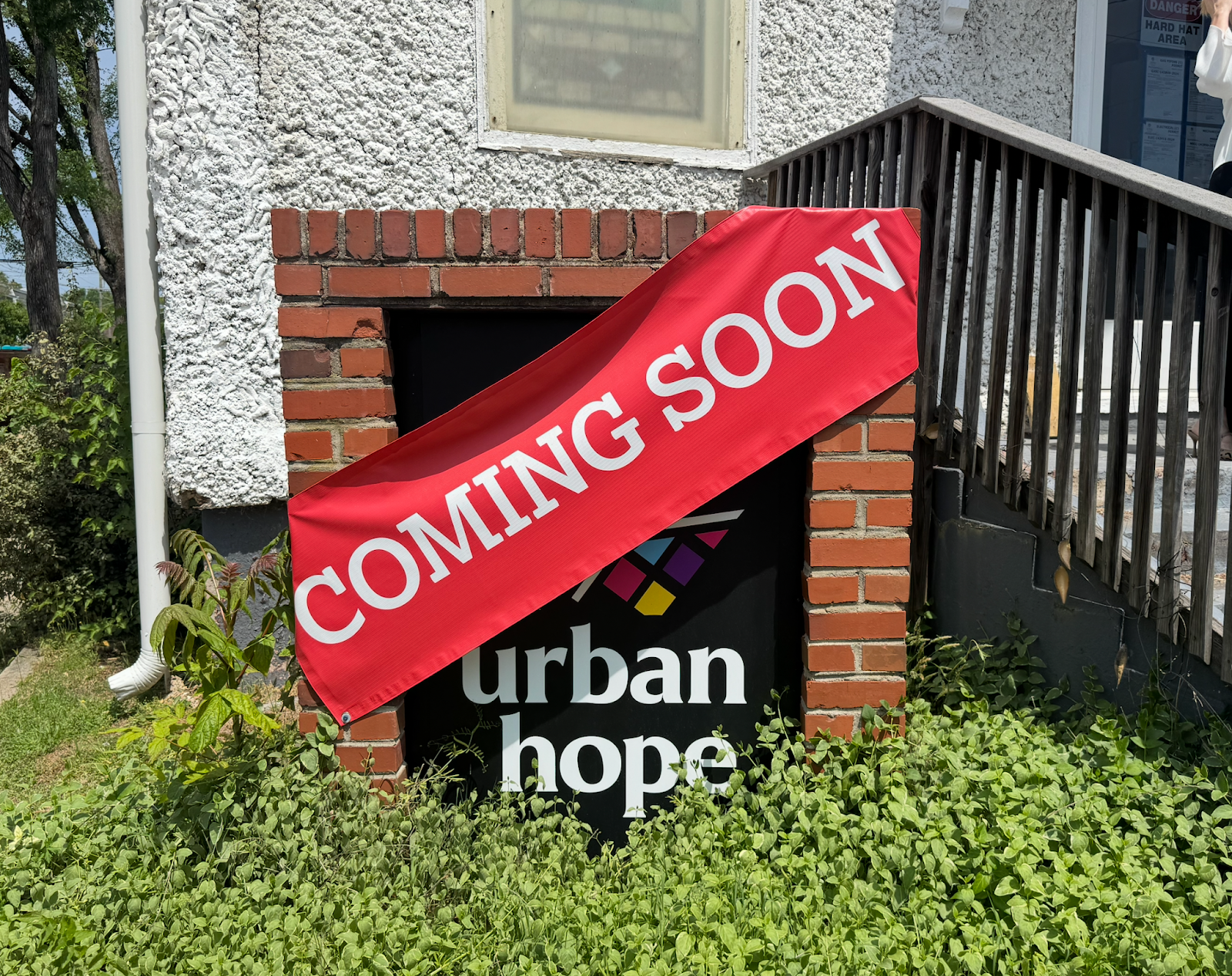
New project to add housing, headquarters
One of Urban Hope’s newest developments sits in a former church in the East End. The organization is converting the space into a new headquarters that will also include four affordable housing units — two two-bedroom apartments and two studio apartments. This hybrid site will serve as both an administrative hub and a direct service location, symbolizing Urban Hope’s integration of housing, care and community-building.
Designed with trauma-informed principles in mind, the new space will feature a conference room for classes and community workshops, a library nook and a nap room designed as a quiet spot for employees when a retreat is what they need. These additions reflect Urban Hope’s understanding that staff and clients alike can be cared for through spaces that are quiet, private and safe — where they have been considered and feel like they belong.
“We want to be really embedded in the community,” Hale said. “We’re not just trying to build units — we’re trying to build stability. That means really knowing our residents and making sure the housing we offer is actually affordable to the people who live here.”
That vision has led to broader programming, including financial health coaching and Urban Hope’s Opportunity House initiative — a model designed to help renters become homeowners without increasing their housing costs.
“We think a lot about what stability looks like and how we can walk with families toward that,” Hale said. “For some people, it’s just staying in one place. For others, it’s homeownership.”
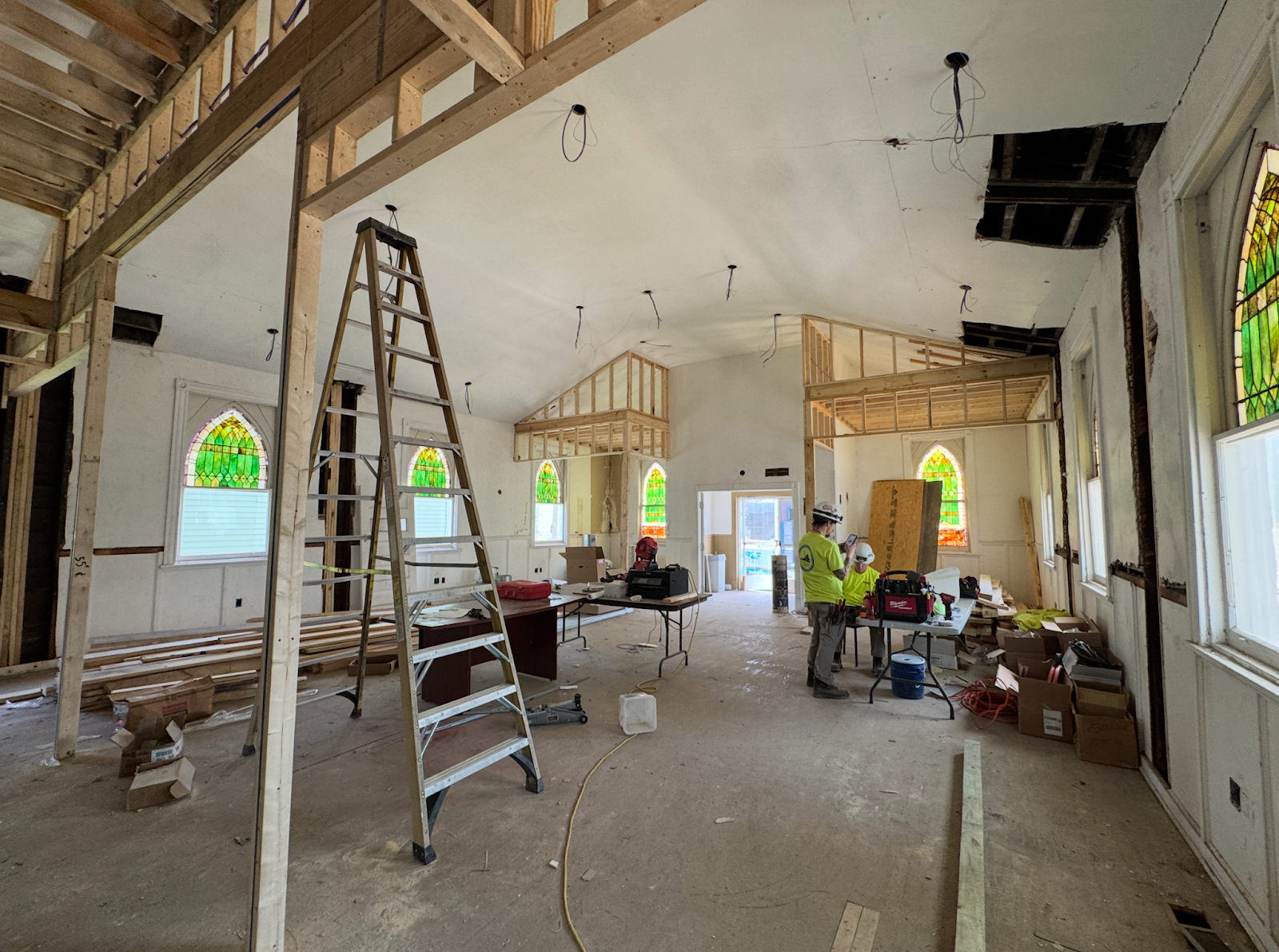
Hale said the organization doesn’t try to push residents toward a specific outcome but instead supports them in finding what works best for their families.
She emphasized that fostering relationships and diversifying communities can lead to a stronger economy, better educational opportunities and increased innovation.
“Some folks really want to own a home, and others don’t — and that’s OK,” she said. “We want to be a resource that walks alongside people, whatever their path looks like.”


